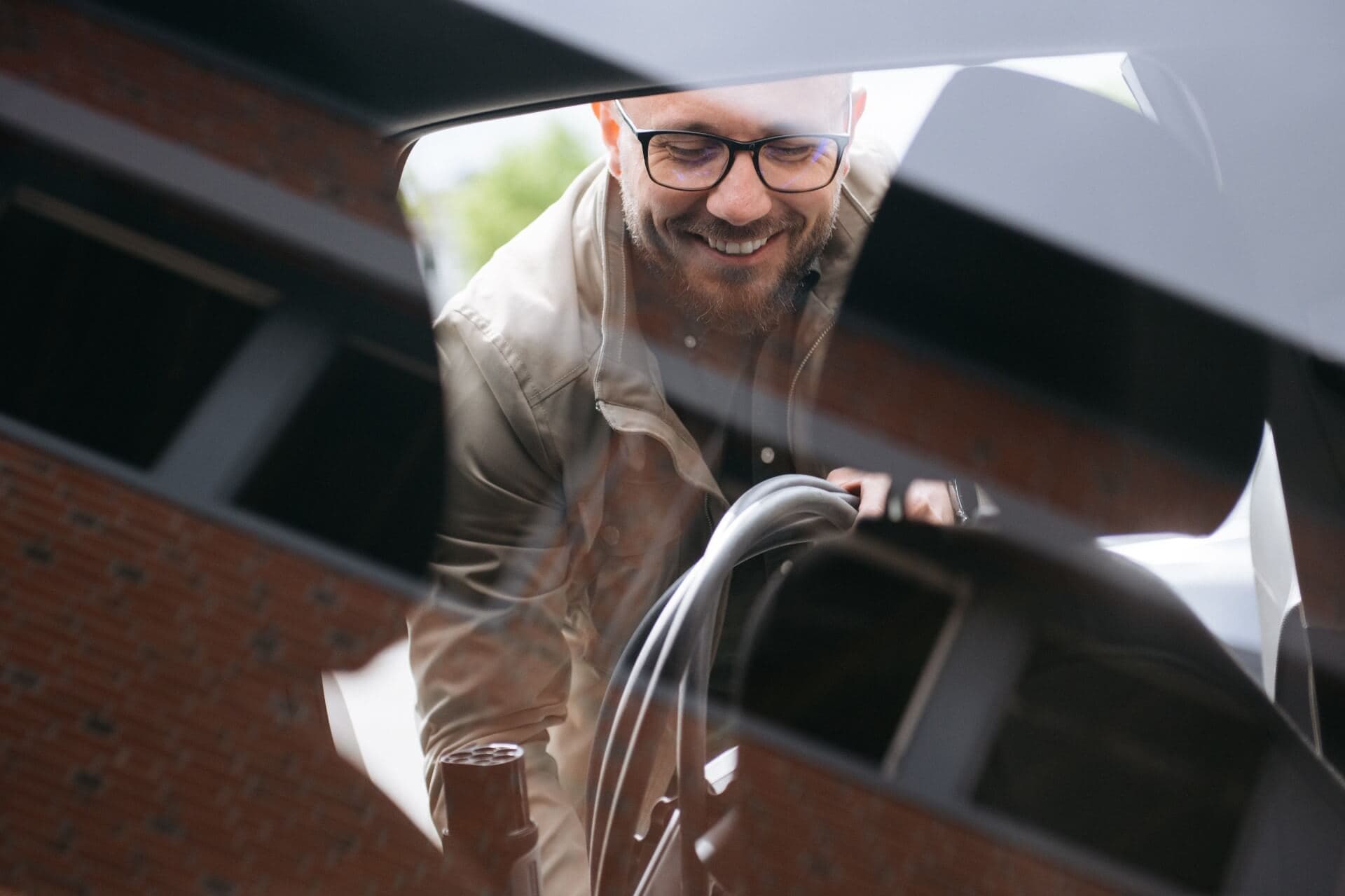How to drive economically
By driving economically, you not only save money, but are also rewarded with a longer range.
By driving economically, you not only save money, but are also rewarded with a longer range.

Economical driving is also called “eco driving”, and involves acquiring new driving habits to reduce fuel consumption. Among other things, this means maintaining a good distance from other cars and keeping your eyes far ahead so that you have a good overview of the traffic situation. By maintaining a steady speed and avoiding abrupt braking and speed increases, you both drive safer and use less power.
Frequent braking wastes power. On long downhill slopes, it’s smarter to use regeneration. When you release the accelerator pedal and allow the car to brake itself, the battery will charge. Thus, the braking energy does not go to waste and instead gives you a longer range.
Since a car’s climate control consumes a lot of energy, it pays to limit excessive heating or cooling. That’s why it’s to cool or preheat the cabin while plugged into your home charger, so you don’t expend battery capacity.
Check that you have the right air pressure in your tyres. If the tyres are too soft, they will roll heavily. This significantly increases energy consumption and potentially greatly reduces range. It is recommended to use the manufacturer’s recommended pressure for maximum loads.
The general rule is: The heavier the car, the shorter the range. That’s why you should avoid packing unnecessary luggage and distribute weight wisely, placing the heaviest items at the bottom of the car. The number of passengers also increases the total weight of the vehicle. The same goes for extras such as a roof box and roof rack
Using a roof box can be convenient, but it also leads to increased weight and increased air resistance, which in turn results in a shorter range. For this reason, it’s smart to remove your roof box when it’s not in use.
When you use the Eco Mode that comes with Zaptec Go, you charge your car when the electricity price is at its lowest. This further contributes to a more economical driving style.
Sources:
Tu.no
Naf.no